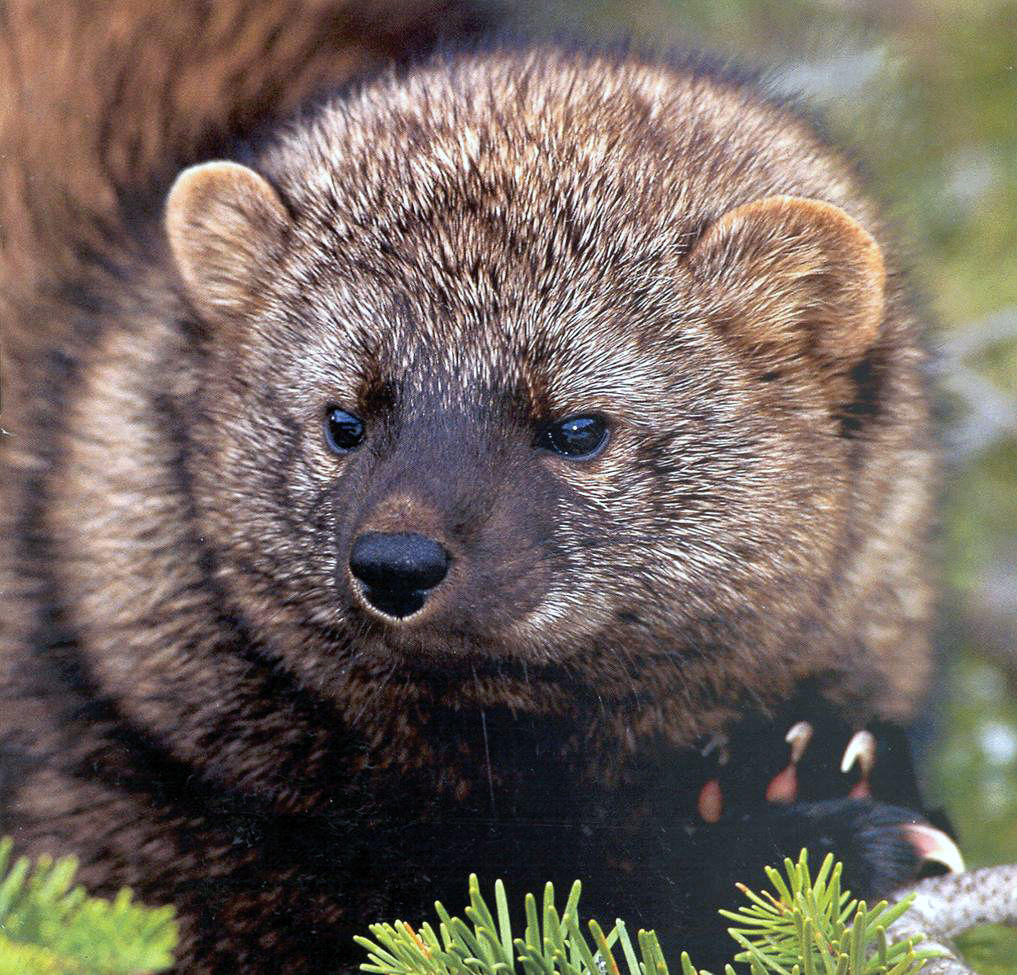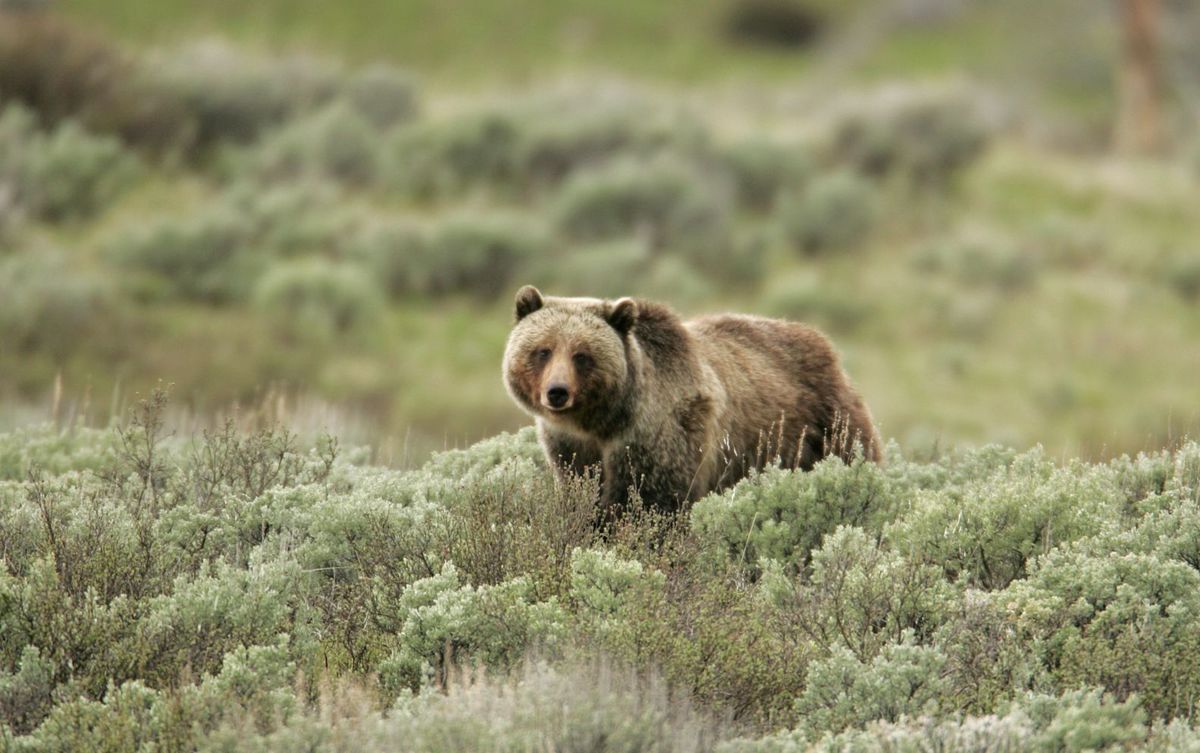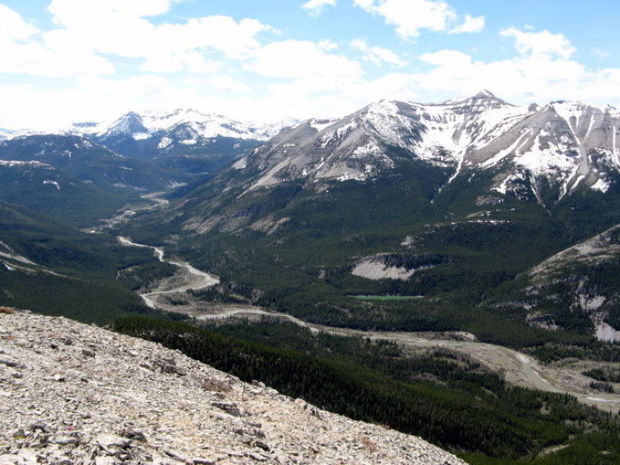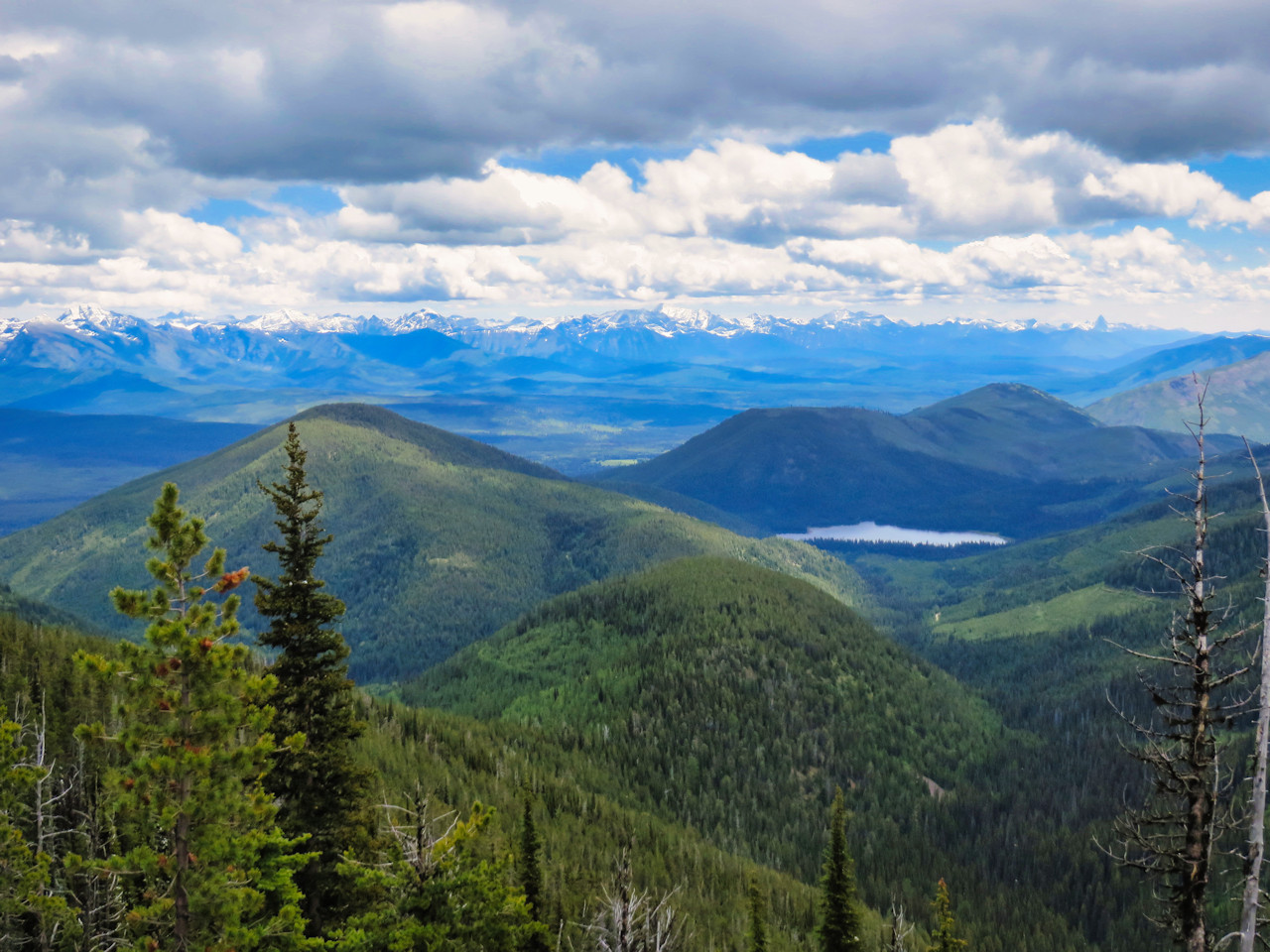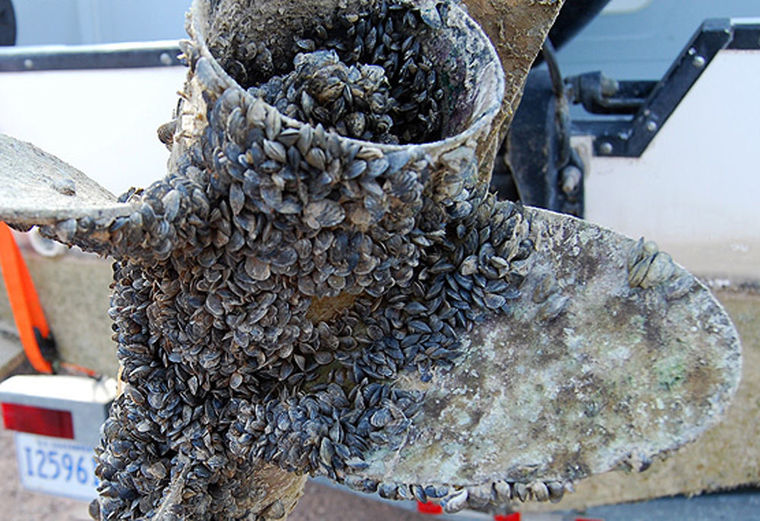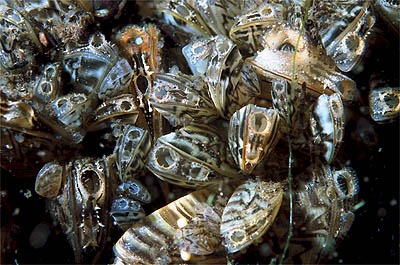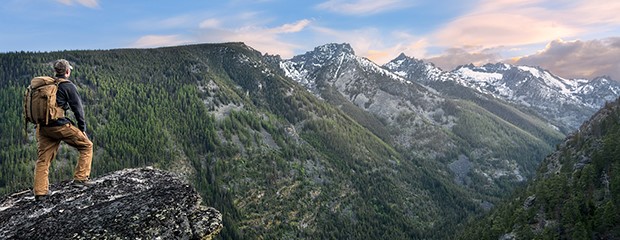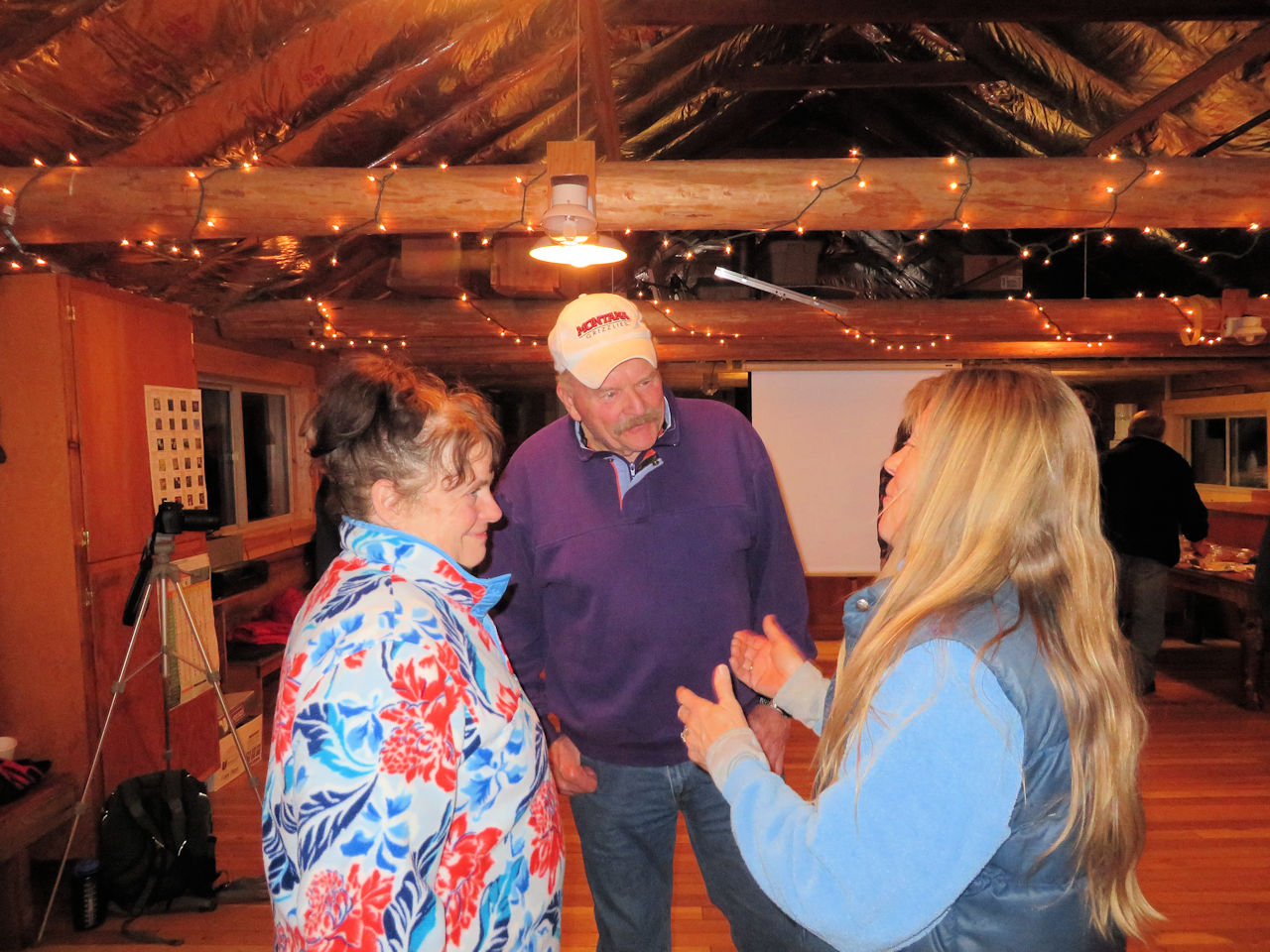Wilderness Speaker Series 2017
Presented by: The Bob Marshall Wilderness Foundation,
Montana Wilderness Association, Flathead-Kootenai Chapter,
Northwest Montana Forest Fire Lookout Association,
Natural Resources Conservation Management Program at FVCC
January-March 2017
Fourth Wednesdays, 7-8:30 p.m.
Flathead Valley Community College
Arts & Technology Building
No charge; everyone welcome
January 25
“Mountain Goats of Northwest Montana: Natural History, Ecology and Population Status”
Speaker: Jessy Coltrane, Ph.D., Wildlife Biologist
Mountain goats are an iconic species of Northwest Montana, enjoyed by wildlife viewers and hunters, alike. Come learn about their natural history, ecology, and population status.
Location: Arts & Technology Building, Room 139
February 22
“100 Days of Solitude”
Speaker: Amy Pearson, Adjunct Professor, Humanities Division, FVCC
Fire lookout, poet, and English Professor at FVCC, Amy Pearson, will share the life changing experience and writings that resulted from the summer she lived and worked at Jumbo Lookout in the heart of the Bob.
Location: Arts & Technology Building, Room 139
March 22
“THE NAMES OF THE STARS, A Life In The Wilds” a book reading and discussion”
Speaker: Pete Fromm, wilderness author.
Acclaimed author of “Indian Creek Chronicles,” the story of his seven winter months alone in the Selway Bitterroot Wilderness tending salmon eggs, Pete’s newest book, “THE NAMES OF THE STARS; A Life In The Wilds” is the story of another month alone in the wilderness caring for fish eggs, this time the Bob. He will read from his new book. Books available for sale and signing.
Location: Arts & Technology Building, Room 139
